The firstborn of the industry
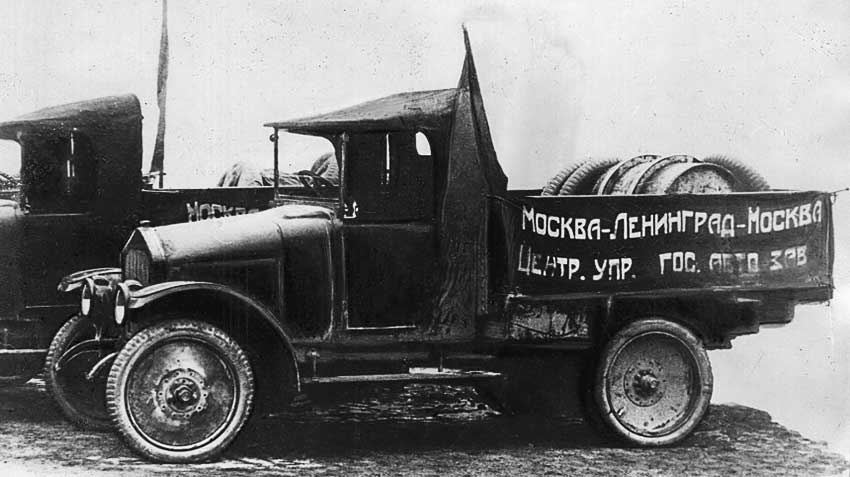
Initial the date of development of the domestic car industry is considered to be November 7, 1924

The starting date for development of domestic car industry is considered to be November 7, 1924, when on the cobblestones of red square in Moscow in a convoy of protesters drove ten bright red truck AMO-F15 collected the day before in the shops of the plant, and later the ZIL.

What were the cars? And who designed them? Try to understand, but first let's look into the distant past, in the beginning of the turbulent twentieth century. It was then was the desire to establish strong mutually beneficial economic relations between Russia
and Italy. Newspapers of the most various directions, in 1907, demanded the Italian government to take advantage of the unique opportunities that were opened with the development of the vast Russia. Relations between the two countries became closer after a meeting in Italy of king Victor Emmanuel III and Emperor Nicholas II, which resulted in active participation of Russia in 1911 at the International exhibition held in Turin.
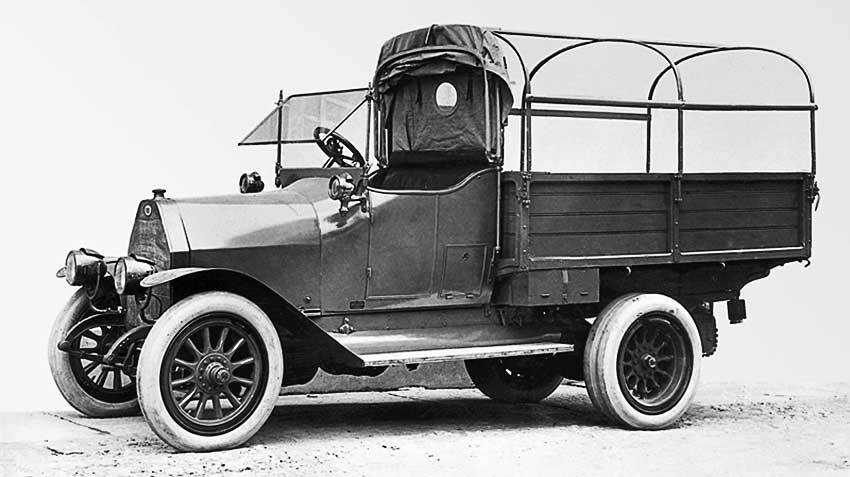
The next step to strengthen economic ties was the visit to Russia in 1913 at the invitation of the municipal authorities and chambers of Commerce of St. Petersburg and Moscow delegations of the Turin Industrialists. On the eve of the First world war in Russia began to appear the bilingual Bulletin of the Russian-Italian chamber of Commerce. A large number of Russian students were enrolled in Italian universities. Opened representative offices in various Italian companies, increased exports of cars produced in Italy, in particular, the FIAT factory. It is noteworthy that the resolution of Nicholas II on the Charter created the Russian joint stock companies of the FIAT: "the Emperor this Ordinance be considered and approved by his Majesty deigned to approve in Tsarskoye Selo, on the 1st day of December, 1913". The purpose of the society was formulated as follows: "For the device and content in Saint Petersburg, in the Warsaw district and in other areas of the Russian Empire of factories and workshops for the construction and repair of motor vehicles and their accessories, for trade for its own account and on behalf of cars, motor boats, motors and other similar items and the design and operation of road transport...".

The outbreak of the First world war demanded to provide transportation of military divisions, and the quantitative production of cars in Russia was negligible. Hasty purchases of equipment abroad did not solve the problem. Then, in may 1915, a major Russian industrialist p. P. Ryabushinsky put forward the idea of creating a Military-industrial committees to mobilize Russian industry for the war. At the end of 1915, on the proposal of the member of the Central military-industrial Committee and former head of automobile production and the Russian-Baltic wagon factory, M.V. Polukoshko, a government decision was adopted on construction in Russia, five private and one state factories for the production according to the orders of the Chief military-technical management. The conclusion of contracts on construction dated February 27, 1916. The construction of the subject plants the following companies: AMO and "Russian-Baltic" in Moscow (the equipment of the plant were evacuated from Riga), "Russian Renault" in Rybinsk, "Aksay" in Nakhichevan-on-don, "Lebedev"
in Yaroslavl and "state factory of military creep" in Mytishchi.

AMO – Moscow Automotive plant joint stock company "Kuznetsov, Ryabushinsky and Co." was founded in 1916 by brothers Sergey and Stepan Pavlovich Ryabushinsky together
with Alexander Ivanovich Kuznetsov. According to the Agreement with GWTW plant was to produce a large staff and a 3-ton construction trucks FIAT, but then they were replaced by a single model – a 1.5-ton truck FIAT 15 Ter in the Italian-Turkish war 1911 – 1912 that raged in North Africa. A significant number of these vehicles have already been exported to Russia, and they are fully satisfied with the military. The production was chosen as the truck FIAT 15 Ter model 1916 with 4-cylinder, 30-horsepower, 4-liter engine. According to the war Department August 1917 at AMO was built 95% of industrial buildings were 85%. In other plants the situation was a lot worse. In the autumn of 1917 the Assembly of the truck FIAT 15 Ter began, and until 1919 the plant was collected
1319 cars from Italian kits.
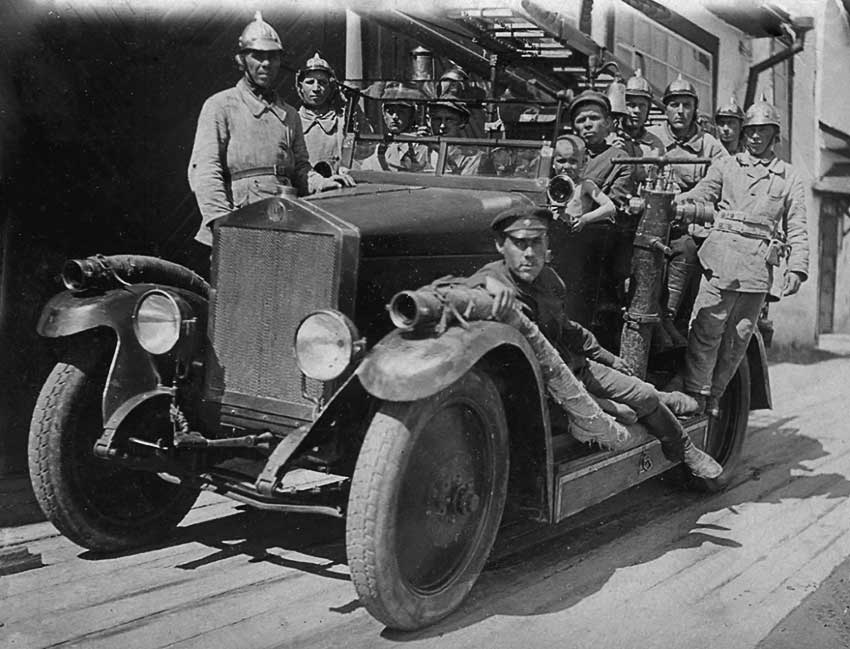
After the nationalization of enterprises, the production of cars ceased and was resumed only
November 1, 1924, when the gate Assembly plant rolled out the first of the ten red-AMO-F15. The initial production was planned to resume in early 1924, but the difficulties were much longer term and were thwarted. Engineers V. I. Tsipulin (main constructor), S. O. Makarov, V.Sokolov, E. I. Vazhinsky, B. D. Stakanov, I. F., Herman, A. M. Vlasov Rations and considerably upgraded the car (20 % increased engine power, improved cooling system, reduced the diameter of the flywheel, changed the type of rims, carburetor, clutch, gas tank), better adapting the design of the car to the Russian conditions.
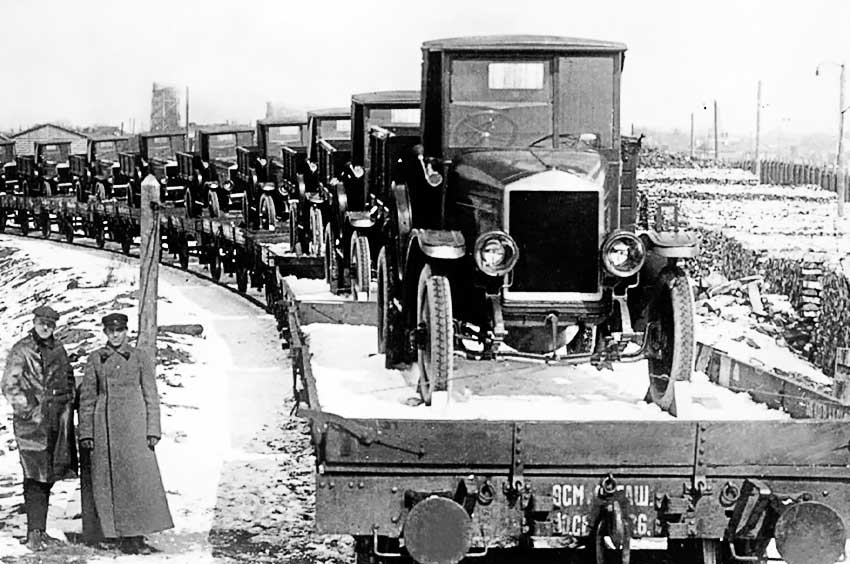
Structurally AMO-F15 is very different from the models, production of which was subsequently established in the 30-ies. So, the engine had a magneto ignition and water cooling
with a centrifugal pump, the efficiency of which depended on the intensity of rotation of the flywheel, the spokes of which had the shape of the fan blades. The sides of the hood (no cracks) when it was supposed to fit snugly to the frame.
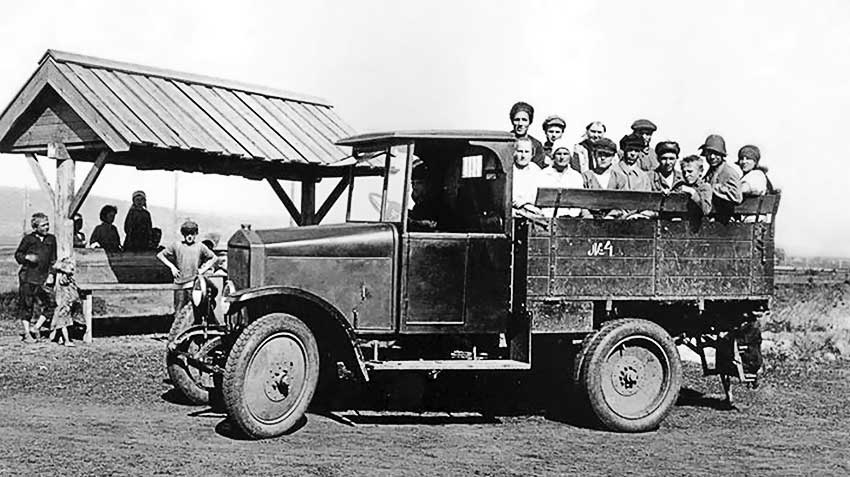
Gearbox was located separately from the engine, and all its shafts lying in a horizontal plane. The steering wheel was on the right, and the lever control box - right side of the cab. Mechanical brakes operated on the rear wheels only. The intake and exhaust manifolds of the engine was made in the casting of the cylinder block and the carburetor and exhaust pipe attached directly to the unit. The stamped sheet steel rear axle beam and the casing of the propeller shaft were a single node in the form of the letter "T". Axle rear wheel made an angle of 178°, increasing to 180 ° under load.
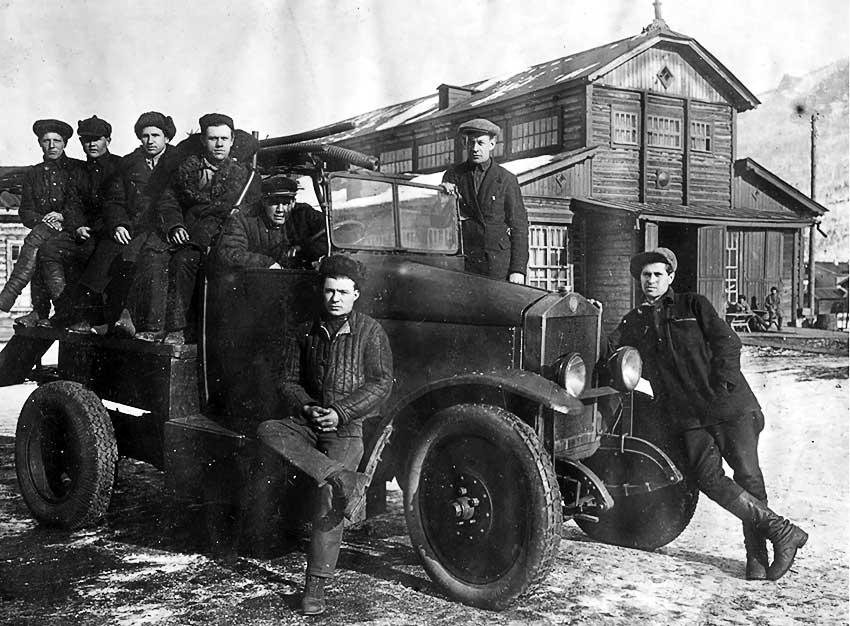
With a wheelbase 3070 mm track front and rear wheels equal to 1400 mm. Curb weight was up to 1900 kg, the maximum speed was limited to 50 km/h, fuel consumption was
28 l/100 km.
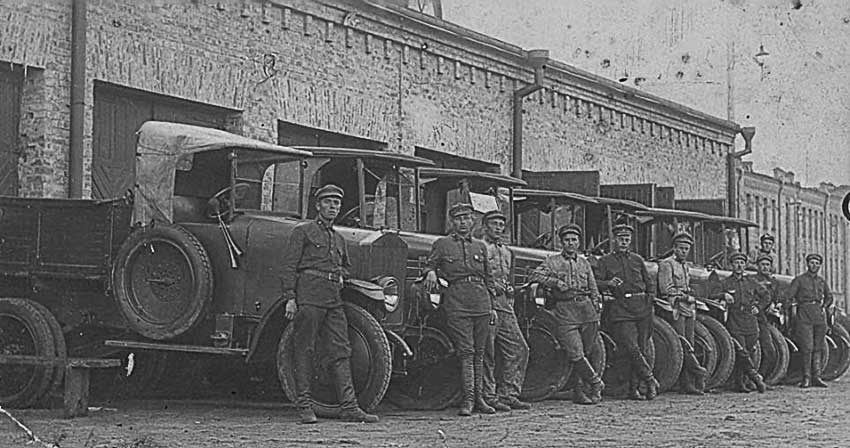
Three cars of the first ten successfully passed a test run with a length of
2000 km, held in the fall of 1924.
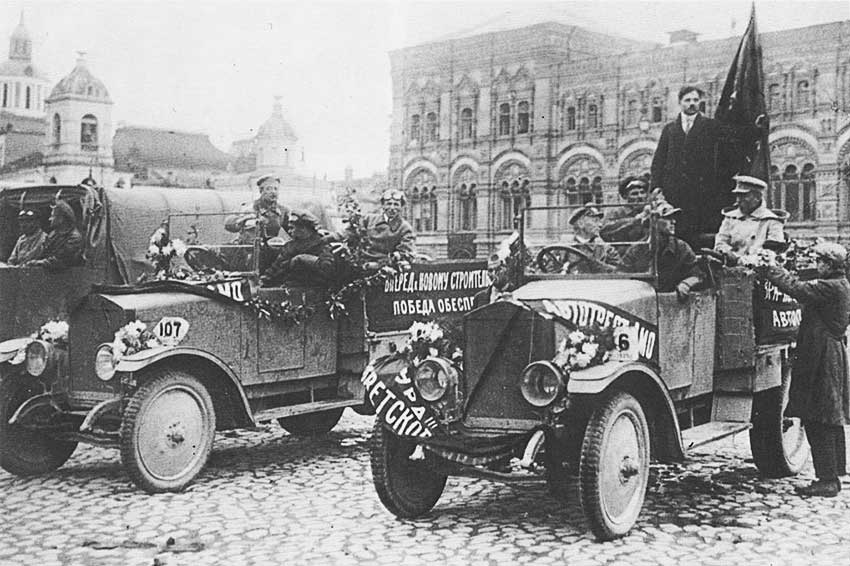
In 1925, AMO-F15 also successfully overcame the difficulties of the more extended run on the route Moscow – Leningrad – Kursk – Tbilisi – Moscow, which confirmed his reputation as a hard
and reliable truck.
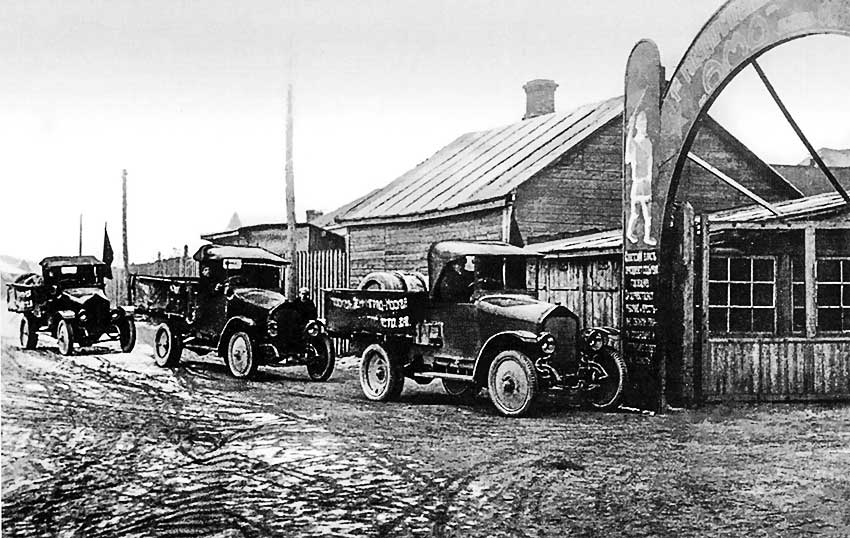
The plant is constantly worked on improving the design. In 1927, the cars received cab with hard (not fabric) roof, levers, brakes and transmission were installed inside the cabin since 1928 trucks were equipped Electrosignal, electric start, lights; there were other improvements.
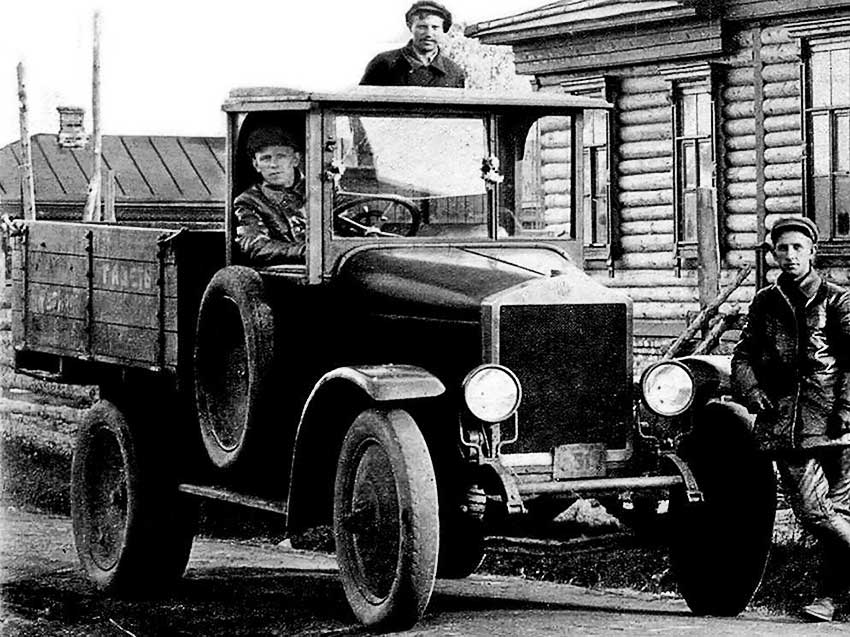
Among the developed modifications of AMO-F15 note 14-seater bus
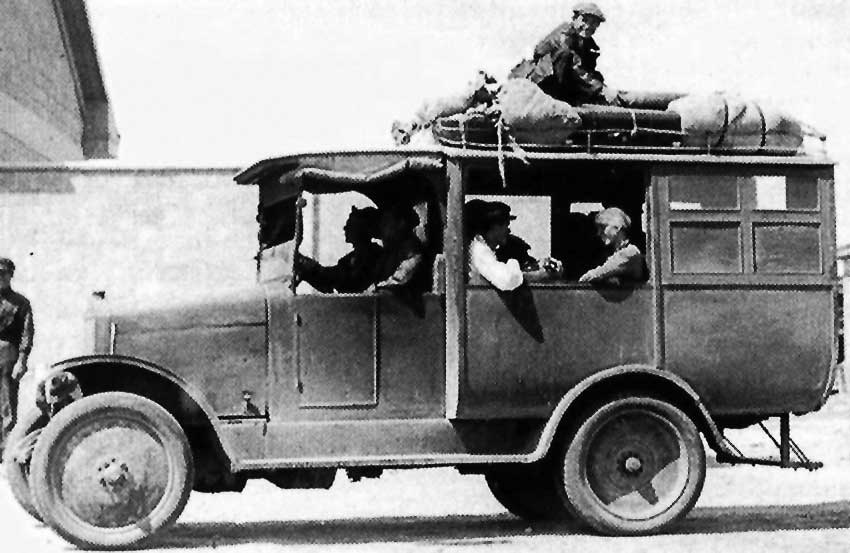
van for the carriage of money, staff cars,
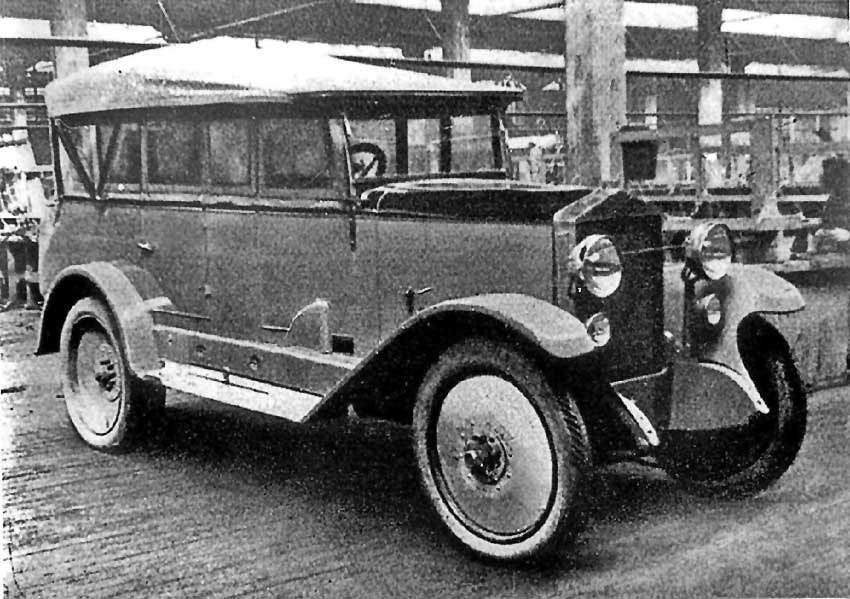
version ambulance, fire truck;
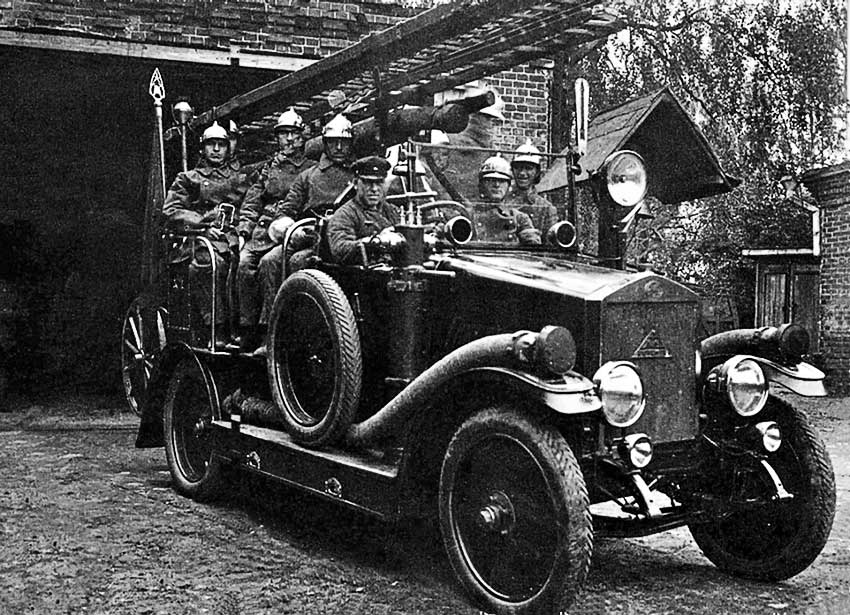
was built even armored cars BA-27.
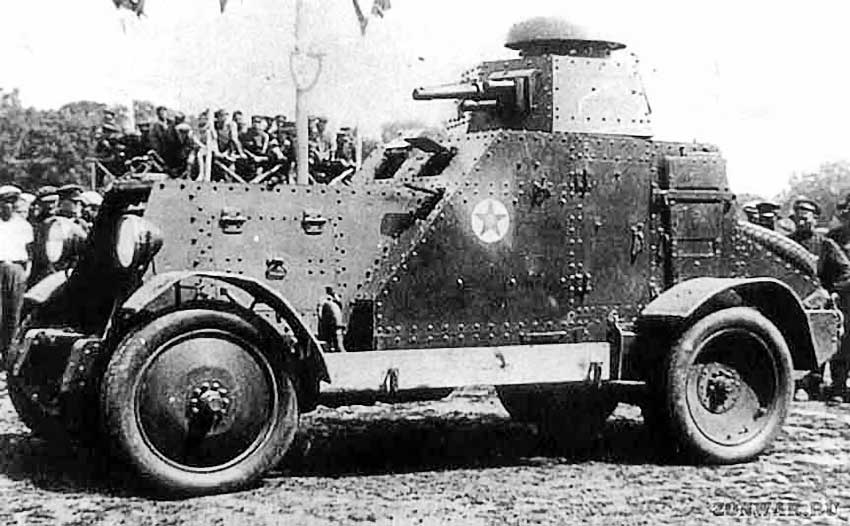
For seven years, until 1931 AMO was released 6 285 car AMO-F15. There are two: one for ZIL and one (firefighter) at the Polytechnic Museum of Moscow.
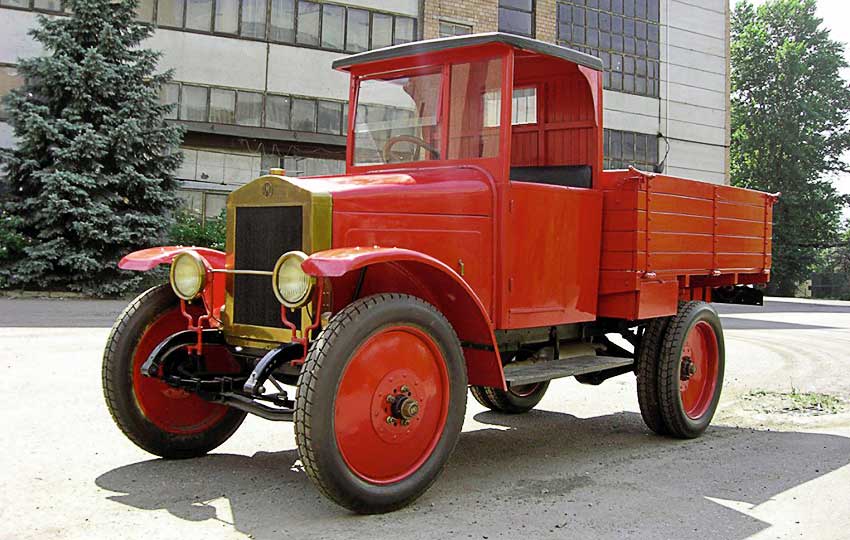
|
|
|








